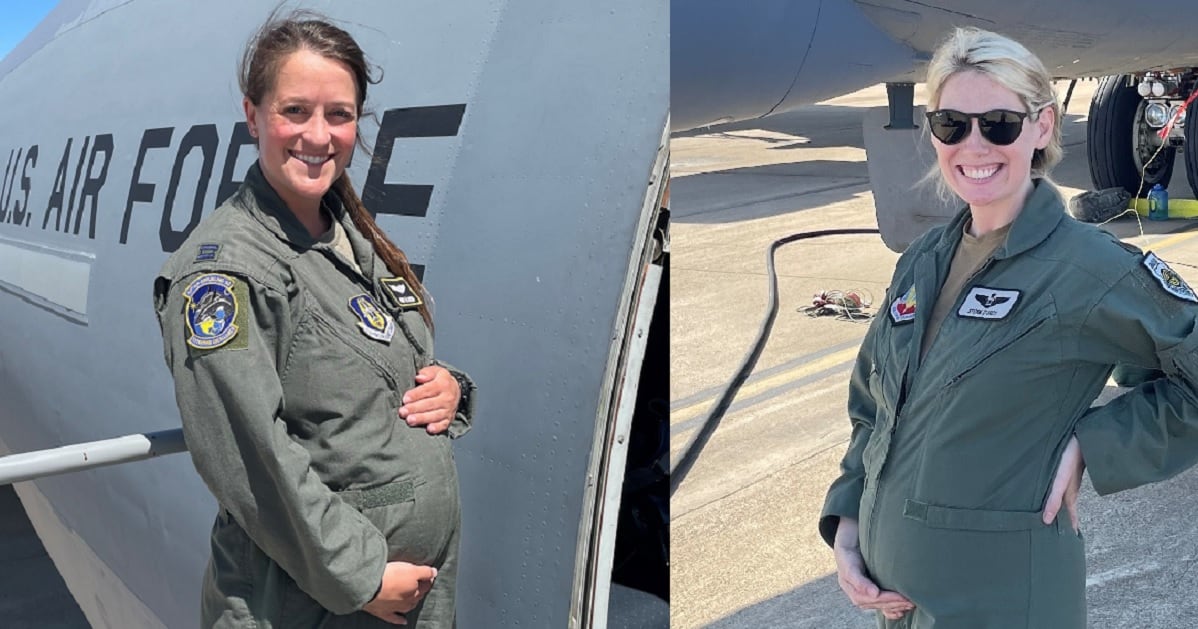Three years after the Air Force loosened its restrictions on pregnant airmen in flying jobs, hoping to create more opportunities for female aviators, the new policies have barely found a foothold.
Fewer than 1 in 5 Air Force aviators who were pregnant in the past three years sought to fly while expecting, even though waivers now allow women to continue flying for all nine months, according to data obtained by Air Force Times.
The exemptions let female airmen fly during uncomplicated pregnancies as long as they and their babies stay healthy, and their doctors and commander agree to move forward. Proponents say the waivers — backed by evolving medical and flight science — keep women’s careers on track and let them keep their skills sharp while letting them grow their families.
RELATED
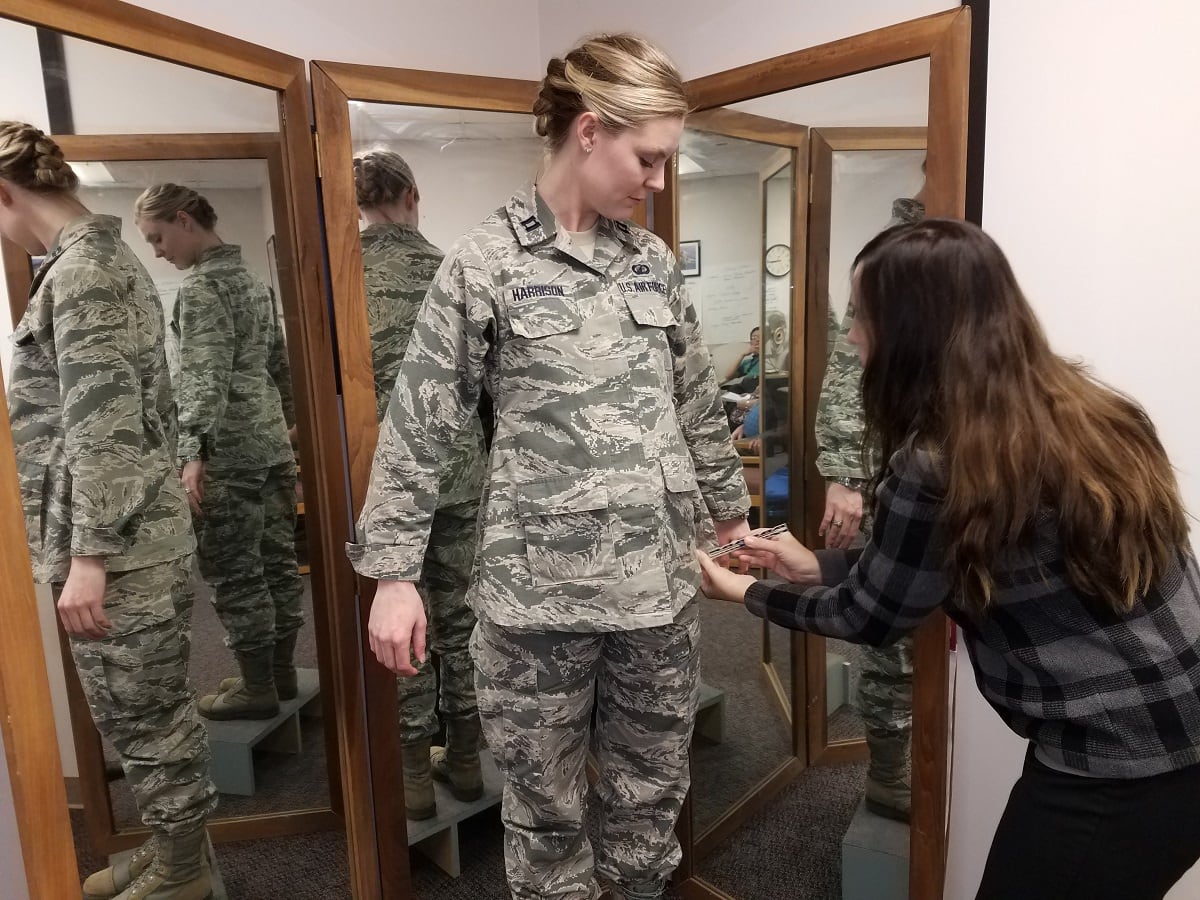
But few are taking advantage of the changes, according to the Air Force Surgeon General’s Office and two pregnant airmen with flight waivers. There are several reasons for that, they say.
They include a broad misunderstanding of who is eligible for waivers, a cumbersome application process, lack of awareness in the aviation and medical communities, and hesitation among women who failed to get similar exemptions in the past.
“Everything’s come a long way, but I think that there’s still more to be done,” said Air Force Reserve Capt. Heidi Del Querra, a KC-10 Extender tanker pilot with the 70th Refueling Squadron at Travis Air Force Base, California.
How it works
In September 2019, the Air Force started allowing pregnant airmen to fly longer and let local commanders handle the requests instead of fielding them at the Pentagon. It also stopped requiring higher headquarters to sign off on airmen with uncomplicated pregnancies to return to flight.
Now when female aviators become pregnant, they are assigned non-flight duties until they get approval to return to the sky. They are required to obtain a flight waiver for the first and third trimesters — from the time they tell their doctors through week 11 of pregnancy, and from week 29 until delivery — through their major command’s surgeon general.
During the second trimester, or weeks 12-28, women can seek approval to fly in two ways. If they have both a low-risk pregnancy and mission, that decision can be made at the local level. In missions or pregnancies deemed higher-risk, or where ejection seats are involved, airmen can again apply for a flight waiver from their major command.
RELATED

In total, 47 airmen were allowed to fly while pregnant between 2019 and 2021, accounting for nearly 15% of the more than 300 pregnancies the Air Force tracked in that time among pilots and others who work onboard its aircraft, like air battle managers and navigators.
Local approvals account for the most exceptions so far, with 33 granted in the past three years. Just 15 women — less than 5% of pregnant aviators — applied for the waivers that became available in 2019. Fourteen were approved; one was denied in 2021 because of potential medical conflicts.
Of the waiver applicants, two sought permission to fly in the first trimester. Twelve waivers to fly during the second trimester were granted, and none were approved for third-trimester flight.
RELATED
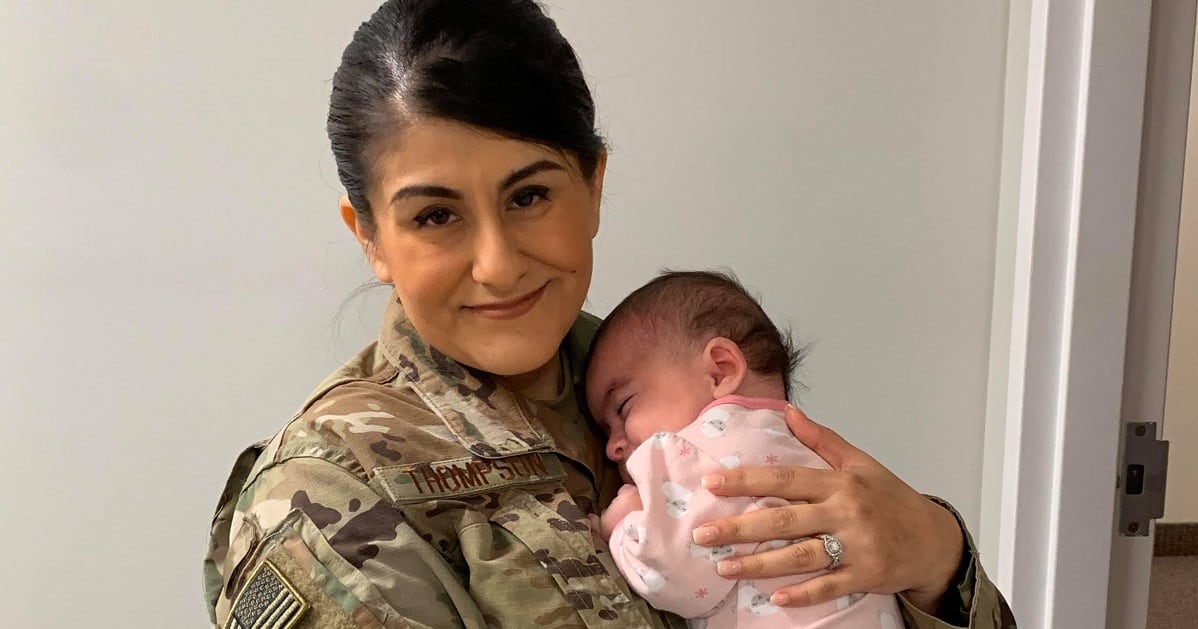
No one is forced to fly while pregnant.
“Pregnant aircrew members who wish to fly must be appropriately informed of risk to self, fetus, safety of flight and mission, consistent with all medical conditions,” the Air Force said April 11. “Approval is granted through joint consent of the aviator, obstetrics provider, flight surgeon and commander.”
Still, confusion around whether certain aircraft are off-limits for expectant airmen has slowed the new policy’s traction. Air Force officials sought to dispel those misunderstandings in an update earlier this spring.
“All pregnant aircrew are authorized to apply for a waiver regardless of trimester, aircraft or flight profile … including single-seat, ejection-seat and high G-capable airframes,” the service said.
Slow progress
Women in aviation make up a small piece of the Air Force’s nearly 329,000-member active duty workforce, which remains overwhelmingly male. That’s particularly true among pilots and other combat-related careers.
As of April 25, more than 2,700 female officers and enlisted women served as active duty pilots, air battle managers, navigators, combat systems operators or in flying aircrew jobs, according to the Air Force Personnel Center.
The number of pregnancies among airmen in flying careers grew from 99 in 2019 to 120 in 2021, totaling 327 pregnancies in the past three years.
In that same time, flight waiver requests to the MAJCOM’s surgeon general nearly tripled from three in 2019 to eight in 2021. But the total of granted exemptions, including local approvals for second trimester waivers, hasn’t changed much from year to year: 13 in 2019, 18 in 2020 and 16 in 2021.
RELATED
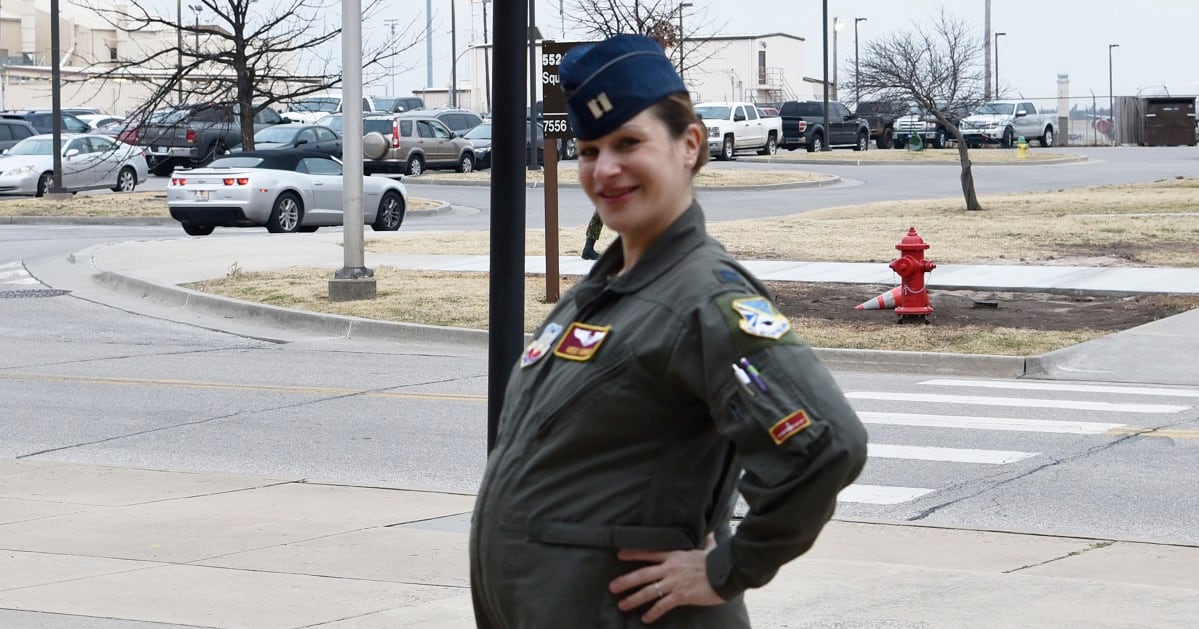
The Air Force’s Women’s Initiatives Team, which considers changes to policies that hinder women’s equity, found that female aviators typically didn’t know the waivers were available. The women who spoke to Air Force Times said the medical community was out of the loop as new rules took effect, leaving it up to airmen to catch emails about the changes and educate their doctors.
The women said service policy didn’t factor into their desires to have children and to fly while pregnant. But it can cause airmen to put off conceiving, increasing their risk of medical complications and fertility issues.
“Had I had the access to flying that was more normal and I didn’t have to see as many women fighting and getting denied to fly, I probably would have started having kids younger. I hit my career goals and I immediately started trying to have kids,” said Maj. Elise D’Arcy, a B-52H Stratofortress bomber weapons system officer and instructor with the Air Force Weapons School at Nellis Air Force Base, Nevada.
RELATED
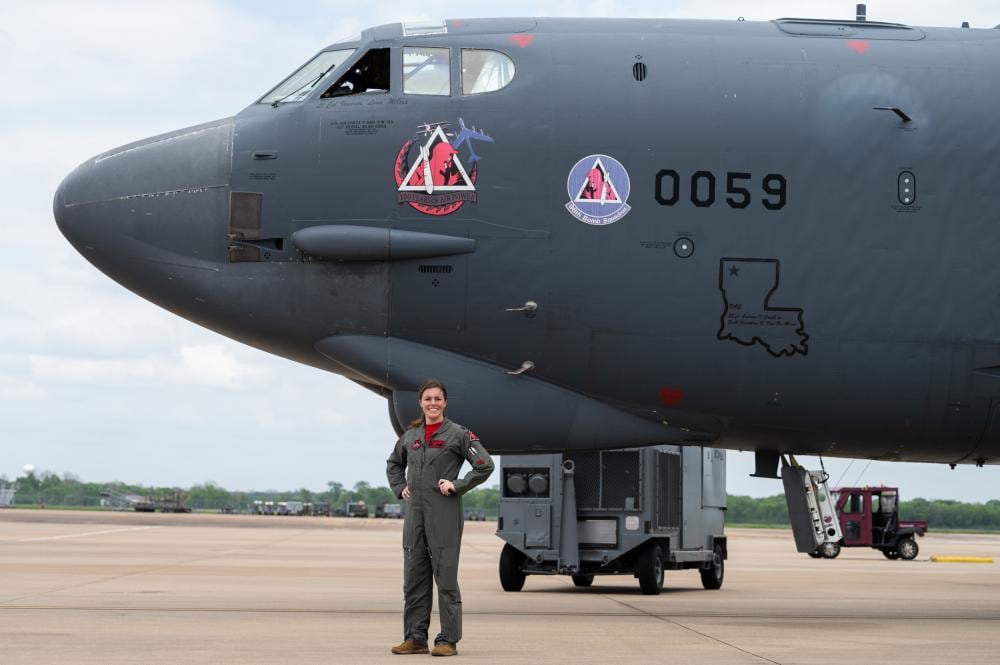
But when D’Arcy tried to get an exemption while carrying her first child, who was born in August 2020, only two pregnant women had ever been approved to fly on the B-52. She asked to remain active on the bomber in a non-ejection seat during her second trimester that spring, but was denied.
“I was incredibly discouraged,” she said.
D’Arcy, whose second child is due Oct. 6, again tried for a waiver after seeing the Air Force’s interest in refining the policy this past winter. She’s now allowed to fly on the B-52, in an ejection seat, through at least the second trimester.
“It’s unfortunate that there was needless confusion around this policy for so long,” Air Force Undersecretary Gina Ortiz Jones said in a release. “The pacing challenge demands that we’re not needlessly grounding our aircrew.”
Career impacts
Being barred from flying during pregnancy can hinder an airman’s career progression, and is a major factor when deciding whether to stay in the Air Force.
A 2018 study by the federally funded think tank Rand Corp. found that pregnancy-related issues came up in 85% of focus groups on female retention. After about five years of service, Rand said, women in rated career fields — meaning flying is a key part of their job — start dropping out of the service more often than men.
The largest retention gap for rated officers begins at about year 13, when 63 percent of men stay in the Air Force, on average, compared to 39 percent of women.
RELATED
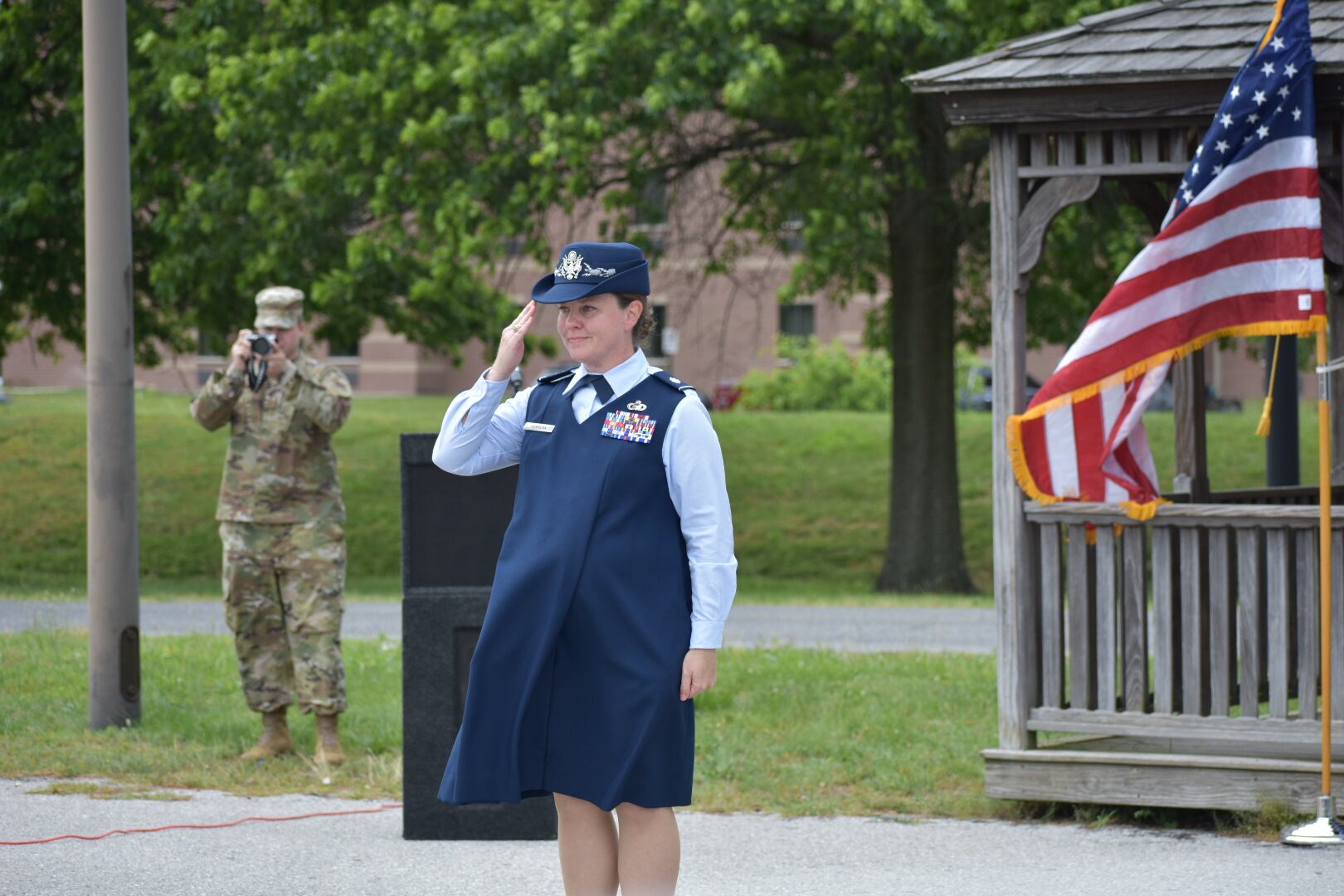
Del Querra, the KC-10 pilot, is expecting her first child July 5. She believes the new rules will keep more women in aviation jobs instead of losing them to office staff positions. She and D’Arcy both wanted children but worried it would derail their careers and make them less promotable.
“I purposely waited until after Weapons School to have children because I didn’t want anything to stand in the way,” D’Arcy said. “I feared not being able to fly — or having the potential to not be able to fly — during pregnancy would hold me back … which would then not make me competitive to go to Weapons School.”
She later carried her first child while working as a squadron-level officer in charge of training other instructors. Because she wasn’t allowed to fly, though, she couldn’t accompany her students on operational missions to teach them bomber tactics.
RELATED

“I was able to focus on the mission-planning portion, but I wasn’t able to be the tactical leader that my leadership needed me to be as a weapons officer,” D’Arcy said.
She’s a more effective instructor now, she said, even if she has to bring an extra sick bag along for each ride.
Since getting her waiver to fly starting at week 12, Del Querra said not much has changed in her day-to-day job. She’s grown a little bigger, but hasn’t had any issues fitting into her seat or controlling the tanker.
“I still feel really great to fly,” she said.
Roadblocks remain
Air Force leaders say they will start monthly check-ins to see how many pregnant airmen are requesting and receiving waivers. Officials hope the updates will show how well airmen understand their job options while pregnant, and which units may be having trouble putting the policy into practice.
D’Arcy and Del Querra pointed to bureaucratic struggles to get their paperwork through and to keep it updated.
D’Arcy wasn’t allowed to apply for a second-trimester waiver until it had already begun, cutting into her time on the bomber. Because the Air Force Weapons School falls under a different command than the B-52 enterprise, she ping-ponged between Air Combat Command and Air Force Global Strike Command while trying to find the right office to consider her waiver application. Then she had to explain to her flight doctor that pregnant airmen can now fly in ejection seats.
Del Querra opted to stop flying after week 32 of her pregnancy, when the Air Force wanted her to reapply for a waiver every two weeks until delivery.
RELATED
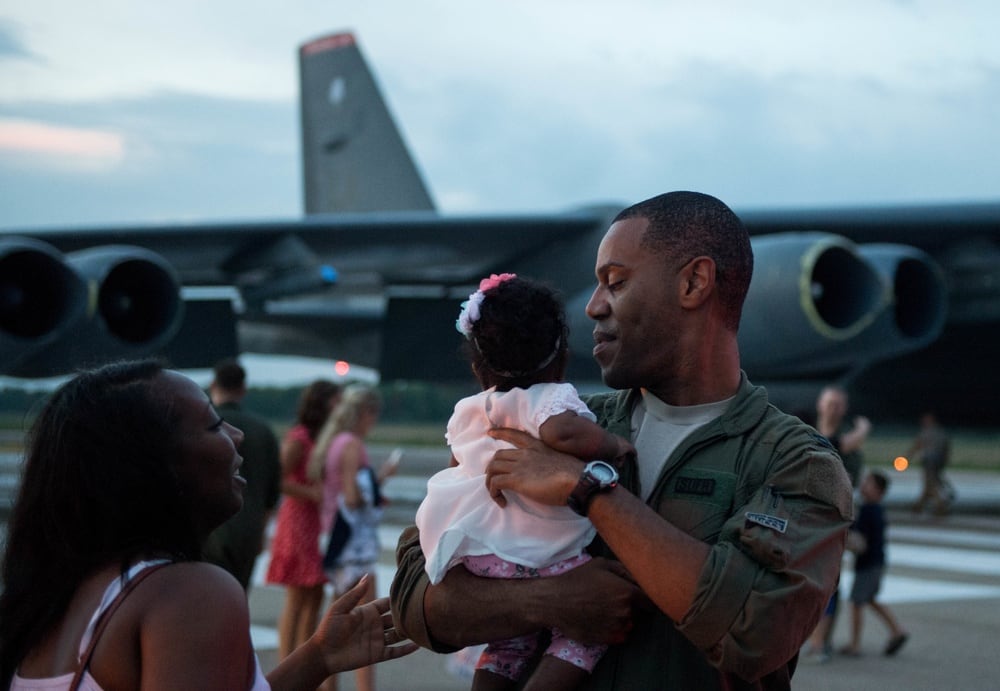
That would mean going to her off-base doctor for a signed note confirming that she and the baby are still healthy, completing a vision test, and hoping that her Reserve medical group approves the paperwork in time — a process she’d likely need to repeat at least three times.
She figured it wasn’t feasible, having already spent about a month securing approval to fly for another four weeks after her second trimester ended.
“I would love to see that go away and have it be a choice that the pregnant flyer and her doctors make when it’s time to stop,” said Del Querra, who stayed in the cockpit for 20 weeks.
The waivers may not appeal to everyone. But what’s most important, D’Arcy said, is having a choice.
“If you want to keep flying, you can,” she said. “If you don’t, there are still other ways to stay within the aircraft and keep your training up … to still be a part of the team.”
Rachel Cohen is the editor of Air Force Times. She joined the publication as its senior reporter in March 2021. Her work has appeared in the Washington Post, the Frederick News-Post (Md.), Air and Space Forces Magazine, Inside Defense, Inside Health Policy and elsewhere.
